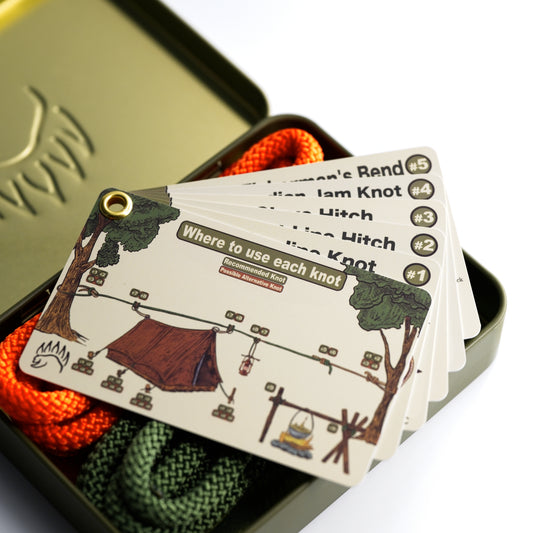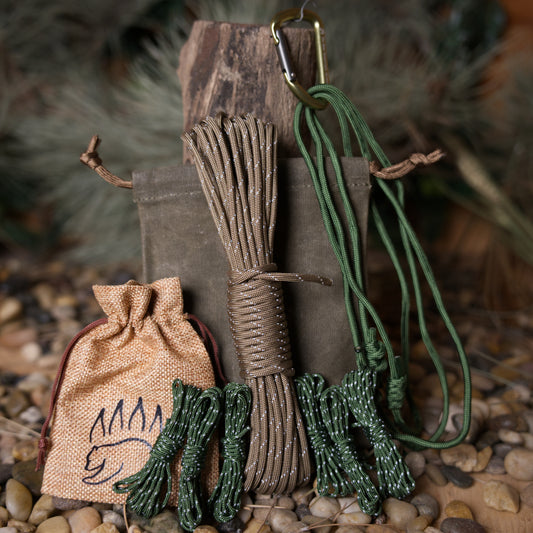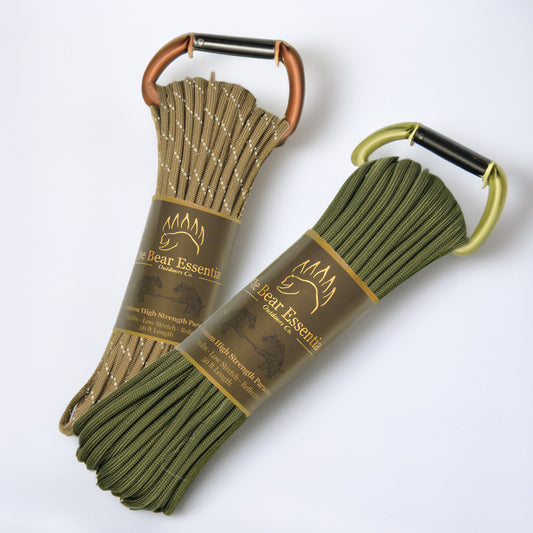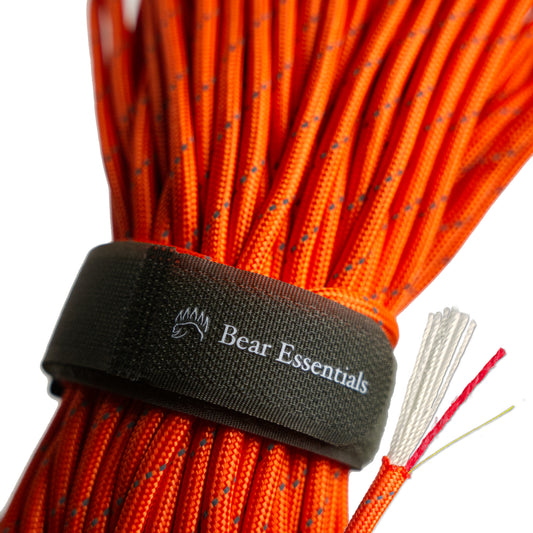How to Tie the Double Carrick Bend
Usage
The Double Carrick Bend is commonly used to join two ropes in boating, climbing, and utility tasks, creating a strong, symmetrical connection that’s easy to untie. Compared to the Single Carrick Bend, it’s more secure with additional tucks, making it ideal for heavy loads. Its reliability and ease of untying are valued, but it requires careful dressing to prevent collapsing. This knot is a favorite for rigging and climbing systems. The main downside is its complexity compared to simpler bends.
Why Learn the Double Carrick Bend?
Its robust, balanced design ensures secure rope joins. This knot is a go-to for reliable connections under heavy tension.
- High strength: Maintains stability for load-bearing joins.
- Easy to untie: Releases smoothly, even after heavy strain.
- Symmetrical structure: Distributes load evenly across ropes.
- Versatile use: Suits boating, climbing, or utility rigging.
- Trusted design: Standard for heavy-duty maritime and climbing tasks.
Common Uses
-
Boating/Marine:
- Joins ropes for mooring lines or rigging extensions.
- Creates secure connections for heavy-duty boat setups.
-
Climbing:
- Links ropes for extending slings or anchor systems.
- Forms reliable joins for climbing rope setups under tension.
-
Utility:
- Binds ropes for securing large loads or equipment.
- Creates strong connections for outdoor or household rigging.
ABOK Number
(Ashley Book of Knots)
Other Names
Category
|
Notable Features
- High strength: Handles tension with minimal slippage.
- Symmetrical design: Promotes even load distribution.
- Jam-resistant: Unties easily after heavy loads.
Variations
The Double Carrick Bend is a variation of the Single Carrick Bend, adding extra tucks for increased security. No other distinct variations are listed.
Similar Knots
Single Carrick Bend vs. Double Carrick Bend
- Pros: Simpler and quicker to tie for lighter loads.
- Cons: Less secure and more prone to slipping under heavy tension.
Zeppelin Bend vs. Double Carrick Bend
- Pros: Easier to tie and untie, with a simpler structure.
- Cons: Slightly less robust for very heavy loads compared to the Double Carrick Bend.
History
The Double Carrick Bend, referenced in The Ashley Book of Knots (#1439), originated in maritime traditions where strong, reliable rope joins were essential for rigging and towing under heavy loads. Its symmetrical, interwoven structure made it a preferred choice for sailors and climbers. Its modern use in boating and climbing underscores its effectiveness for secure, easy-to-untie connections in demanding conditions.
Security Level
The Double Carrick Bend provides exceptional strength for joining ropes when tied and dressed correctly, holding firm under heavy loads in rigging or climbing setups. It performs best with ropes of similar diameter and careful tightening. For critical or permanent joins, it rivals the Double Fisherman’s Knot, though it’s easier to untie.
Downsides
- Complexity: Requires practice to tie and dress properly.
- Collapsing risk: May become unstable if not dressed symmetrically.
Structure
- Lay the two rope ends parallel, pointing in opposite directions.
- Form a loop with the working end of the first rope over the second rope.
- Pass the second rope’s working end under the first rope’s loop, then over and under again, weaving it through.
- Repeat the weaving pattern, tucking each working end under its own standing line to create additional tucks.
- Pull both standing lines to tighten, dressing the knot to ensure symmetry and security.
Pro Tip: Dress the knot carefully to prevent it from collapsing into an unstable form. Use ropes of similar diameter and pull evenly to test security.
FAQ
Is the Double Carrick Bend strong enough for climbing?
Yes, it’s reliable for heavy rope joins, but ensure proper dressing and test for safety.
What’s the best rope for the Double Carrick Bend?
Nylon or polyester ropes of similar diameter, like 8–10mm, work well.
How does the Double Carrick Bend compare to the Zeppelin Bend?
The Double Carrick is stronger for heavy loads, but the Zeppelin is simpler to tie.
Can the Double Carrick Bend be used in boating?
Yes, it’s ideal for joining mooring lines or rigging under tension.
Why choose the Double Carrick Bend over a Single Carrick Bend?
It’s more secure for heavy loads, though slightly harder to tie.
Important Notes on Safety
Common failure points include improper dressing or uneven tension, which can cause the knot to collapse or slip. Always verify the knot is symmetrical and tight before loading. Check ropes for wear or damage before tying. Ensure even tightening to balance the load across both ropes. Practice in low-stakes settings to master the technique.







